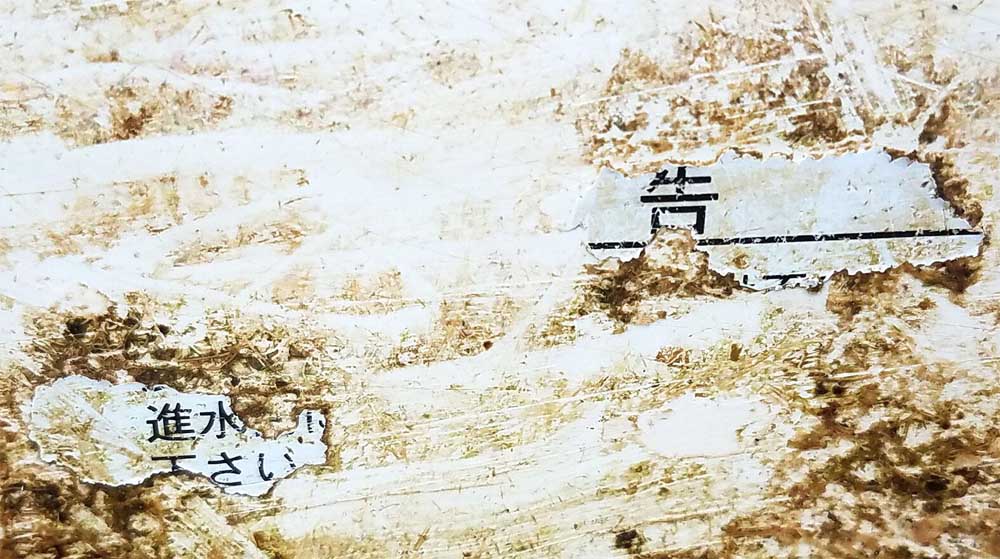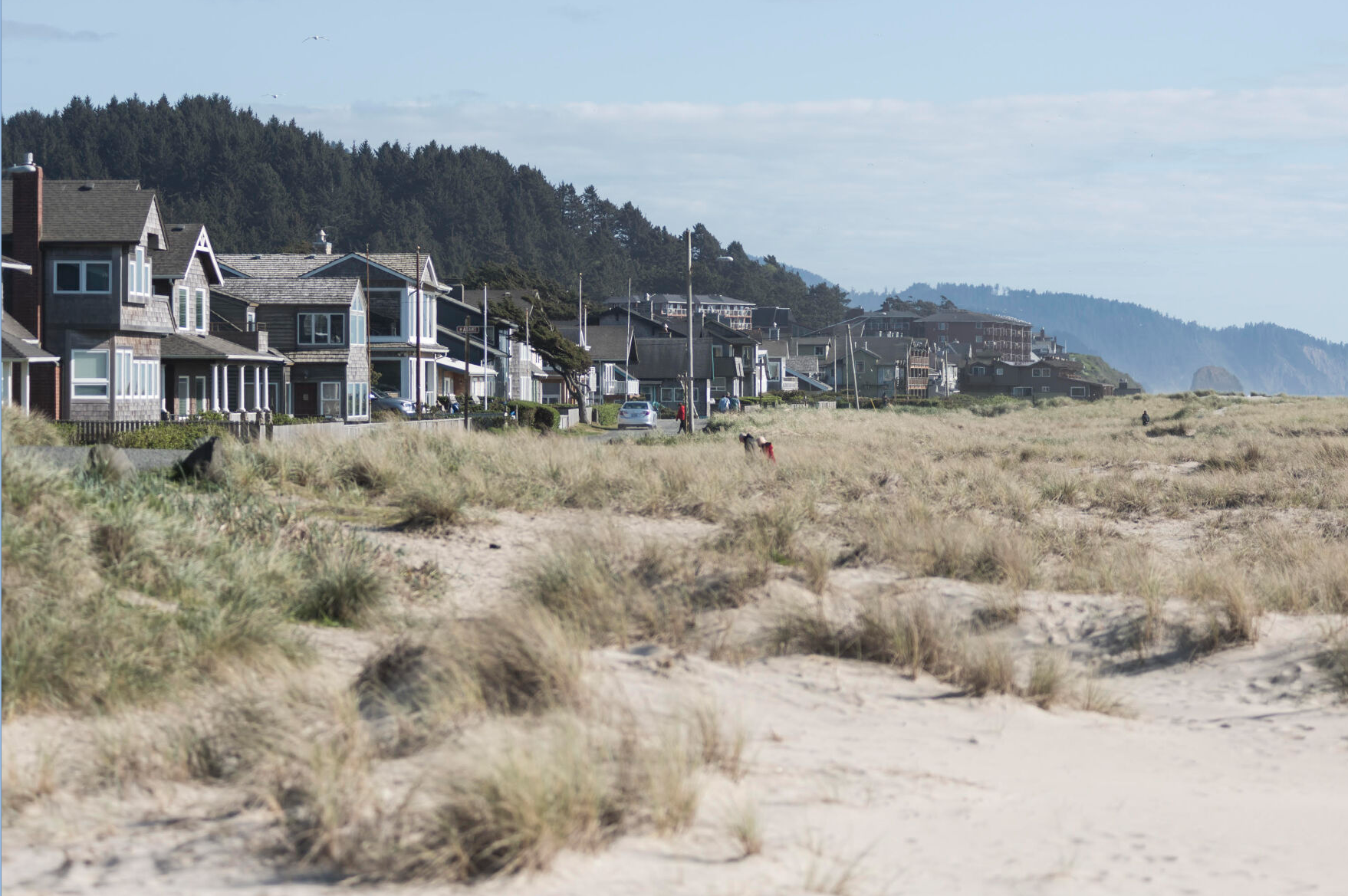Our View: Tsunami delivered essential lessons
Published 12:15 am Thursday, March 11, 2021

- A 10-meter fiberglass boat that washed ashore in Long Beach was marked with Japanese characters. The words on the lower left mean ‘launch a ship’ and ‘please.’ The character on the upper right is probably part of the word ‘caution.’
March 11 marks the 10th anniversary of the historic Japanese earthquake and tsunami, which are still sending ripples across the Pacific in the form of heightened awareness and initiatives to improve survivability.
Trending
Although an exact toll will never be known, around 22,000 people died. Other consequences — most notably the ongoing environmental disaster at the Fukushima Daiichi Nuclear Power Plant — have racked up grotesque monetary and human costs. A rough guess of the 2011 disaster’s overall financial total comes to half a trillion dollars.
The thought of a relentless tide-like flood of tall rushing seawater is enough to give anyone the jitters. We must continue transforming these qualms into substantive actions to prepare for the subduction zone earthquakes and resulting tsunamis that inevitably impact all Pacific Rim communities.
On the Pacific Northwest coast, residents in low-lying areas learned of potential approaching danger at 2 a.m. on that awful day. Many evacuated to higher ground. It was scary and inconvenient, but the high water dissipated on its way across the ocean — news people watching from near the shoreline barely noticed a thing.
Trending
The intervening decade has seen substantial gains. The Washington state coast now has a fully implemented siren system to warn of tsunamis spawned by far-off quakes. Seaside succeeded in winning voter support for a tsunami-safe school campus, part of Oregon’s energetic efforts to safeguard children and vital facilities. Aided by federal funds, the Shoalwater Bay Indian Tribe built a vertical evacuation tower. Improved modeling is helping residents understand the risks and plan paths of escape.
In other ways, much remains to be done. With only minor modifications, what we said 10 years ago still applies today:
• The horrific 9.0 earthquake that hit Japan is close to exactly what can happen in the Pacific Northwest, minus the nuclear reactor failure. Like theirs, ours will be a subduction zone quake, the most powerful seismic events on the planet. A series of tsunamis will begin sweeping ashore within half an hour. There will be death and destruction.
• We must expand our thinking about where and how to care for thousands of potential evacuees above the inundation zone. Medical supplies, food, water, blankets and other necessities should be pre-staged in sufficient quantities to last two weeks.
• Efforts to move schools, hospitals and other public facilities out of the danger zone must continue. Unlike in Oregon, they have yet to even seriously begin in Washington state. Additional vertical evacuation towers could save many lives.
• Preparation and practice are keys to limiting losses. One of the most meaningful headlines written about the 2011 disaster was this: “Japan’s strict building codes saved lives.” Having survived many such events, Japan has been far better than the U.S. about getting ready. We will be fools not to copy them. Washington and Oregon both should be far more serious about seismic retrofits in older buildings. Imagine, for a moment, what a 9.0 quake would do to the old masonry structures in downtown Astoria, Raymond and Aberdeen. Though it probably is impossible to make them safe, it is at least worth considering doing things like hardening some rooms or passageways that could save lives within the rubble.
• Possibly the most useful lessons are personal ones. We all need to think about exactly what we need to do to make sure our families survive. This should start with serious discussions about how to get out of houses, where to meet afterward, and what paths to take to high ground. We all should have ample canned food and bottled water on hand. Keeping basic bundles of supplies in our car trunks is a good idea, possibly including a few days of vital prescriptions, sleeping bags and water.
• Designate a contact person outside the coastal zone with whom family members can leave messages. In these days of ample free electronic storage in the internet cloud, store copies of vital documents and irreplaceable family photos there, where they cannot be destroyed.
• Finally: If we experience a strong, sustained earthquake, immediately get to high ground or as far as possible away from the shoreline to give the tsunami time to slow — crushing injuries sometimes pose a bigger risk than drowning. Stay there until authorities say it is safe to return home. Do not wait for an official warning. You will have minutes to save yourself and your family.









